This article was co-authored by Jeremy Silverman, DMD. Jeremy Silverman is a Dentist and Founder of Peace of Mind Dental Studio in Chandler, Arizona. With a decade of professional dental experience, he focuses his practice on incorporating mental well-being into the core of oral care. He also partakes in continuing education and stays up to date with the newest techniques, technology, and products. Dr. Silverman holds a BA in Psychobiology from the University of California at Los Angeles and a DMD from Midwestern University. He is a member of the American Dental Association, Arizona Dental Association, and Central Arizona Dental Society. Dr. Silverman is also Laser Certified by the World Clinical Laser Institute.
There are 12 references cited in this article, which can be found at the bottom of the page.
This article has been viewed 19,019 times.
Craze lines are small vertical lines running up and down your teeth. They don't require treatment, but you may want to address the issue if the lines bother you or if they become more visible due to stains. If they become deep enough to damage the dentin in your teeth or cause extreme sensitivity, see your dentist as soon as you can. Keeping your tooth enamel healthy is the best way to prevent craze lines.
Steps
Getting Professional Treatment
-
1See your dentist if you’re concerned about the look or feel of the lines. Craze lines aren’t harmful to your oral health, but if you don’t like the look of them, your dentist can help make them less visible. If your craze lines cut deep into your teeth and you suspect they’re causing sensitivity or pain, let your dentist know so they can address the lines before they possibly cause problems.[1]
- Craze lines can lead to cavities if they’re deep enough, so if you feel severe bumps when you run your tongue across your teeth, definitely see your dentist.
-
2Request a bleaching treatment to make them less visible. If you drink a lot of tea, coffee, or red wine, your craze lines may take on a yellow or brown hue. This is harmless, but if it bothers you, try getting your teeth professionally bleached. You can try a home bleaching kit, but they often don't contain enough hydrogen peroxide to make a difference with craze lines (0.1% versus 6% at the dentist).[2]
- Note that most dental insurance plans don't cover bleaching since it's a cosmetic procedure. A single bleaching session costs $650 on average, but some dentists charge up to $1,000.
- Keep in mind that bleaching can wear away at your enamel and increase tooth sensitivity.[3]
Advertisement -
3Get fillers to cover the craze lines. If craze lines get larger, your dentist can fill them in with the same material they use to fill cavities. It's painless and the procedure takes less than a few minutes after your dentist sets up. It's best to do this right after you get your teeth cleaned so you don't have any bits of food or grime between the filling and your teeth.[4]
- Your insurance probably won't cover fillings for craze lines and a single filling can cost anywhere from $90 to $250.
-
4Ask your dentist about getting porcelain veneers. Veneers go over your existing teeth and give you an entirely new smile. It may seem extreme, but if your craze lines are bothering you or if they're so deep they're damaging the dentin or root of your teeth, veneers may be a wise choice.[5]
- Porcelain veneers typically aren't covered by dental insurance plans and can cost $925 to $2,500 per tooth.
- Composite-resin veneers are relatively cheaper at $250 to $1,500 per tooth, but they usually don't last as long as porcelain veneers and are more likely to chip over time.
Preventing Craze Lines
-
1Wear a mouth guard to prevent grinding your teeth at night. Excessive pressure from teeth grinding can weaken the structure of your teeth, causing vertical surface cracks to form over time. Your dentist can make a custom mouth guard by taking a mold of your teeth after your next cleaning or you can buy a nightguard from your local pharmacy.[6]
- Custom-fit nightguards are typically more comfortable than generic nightguards sold at drug stores.
- Grinding your teeth can also cause them to shorten over time.
- If you find yourself clenching or grinding your teeth during the day, make an effort to cut down on stress via exercise or meditation.
-
2Limit teeth-staining foods and beverages to avoid more noticeable lines. Everything you eat or drink comes in contact with your teeth, so be wary of notorious teeth-stainers like coffee, wine, soda, and tea. Dark-colored or acidic items like soy sauce, tomato sauce, and tomato-based curries can also put a damper on your pearly whites.[7]
- If you want to enjoy coffee, tea, and soda, consider drinking them through a straw but it will not prevent staining completely.
- Don’t think switching to white wine is a better option because the acidity in white wine breaks down your tooth enamel even more than red wine, inviting stains and erosion.
- Highly-pigmented berries like blackberries, raspberries, and blueberries can also leave stains.
-
3Break the habit of biting your nails. The excess pressure can damage the enamel on your teeth, making it more likely that you'll develop craze lines. Cut your nails short to avoid temptation or keep your hands busy whenever you're tempted to bite your nails.[8]
- For instance, if you absentmindedly bite your nails while watching TV or reading a book, squeeze a stress ball or fiddle with a small trinket instead.
-
4Refrain from chewing ice cubes or hard candies. Think of ice, candies, and your teeth as different types of rocks that are close in hardness. If you smash or grind them together, there's bound to be surface damage over time. Use a straw to drink icy beverages and suck on hard candies instead of chewing through them to prevent damaging your enamel (and causing craze lines) or chipping your teeth.[9]
- Get a reusable metal straw to avoid creating excess waste.
-
5Don't use your teeth as tools. Using your teeth to twist open bottles or tear open packages puts unnecessary strain on your teeth and wears away at your tooth enamel. Use your hands to do these things or keep a pocket knife handy to open tedious packages.[10]
- Your teeth are for eating and smiling only!
- Using your teeth as tools can also cause some of them to loosen over time.
-
6Avoid rapid temperature changes when you eat or drink. Alternating between hot and cold foods or beverages can eat away at your enamel, making it more likely that you'll get craze lines. Sensitivity and pain after eating or drinking are signs that your foods or drinks are too hot or too cold.[11]
- For instance, don't wash down a bowl of steaming hot curry with a sip of ice water—stick to room temperature water or warm tea.
Warnings
References
- ↑ https://www.ncbi.nlm.nih.gov/pmc/articles/PMC4439863/
- ↑ https://www.bbc.com/news/health-34257444
- ↑ https://www.ncbi.nlm.nih.gov/pubmed/23479310
- ↑ http://www.aae.org/specialty/wp-content/uploads/sites/2/2017/07/ecfesum08.pdf
- ↑ https://www.ncbi.nlm.nih.gov/pmc/articles/PMC3652364/
- ↑ https://penndentalmedicine.org/craze-lines/
- ↑ https://www.ncbi.nlm.nih.gov/pmc/articles/PMC4058574/
- ↑ https://penndentalmedicine.org/craze-lines/
- ↑ https://www.mouthhealthy.org/en/bad-habits
- ↑ https://www.dentalhealth.org/news/opening-bottles-tearing-clothing-tags-and-doing-up-zips-the-most-alternative-uses-for-our-teeth-revealed
- ↑ https://www.humana.com/prevention-and-care/healthy-living-and-prevention/dental-health/tooth-enamel
- ↑ https://www.nhs.uk/conditions/chipped-broken-or-cracked-tooth/
- ↑ https://www.nidcr.nih.gov/health-info/childrens-oral-health/tooth-decay-process
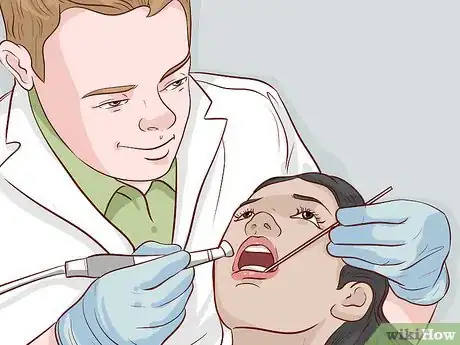

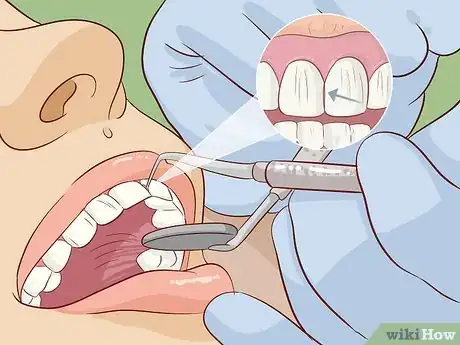
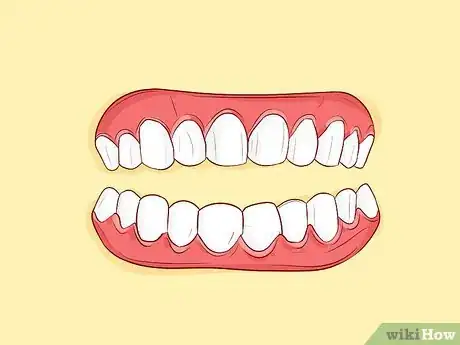
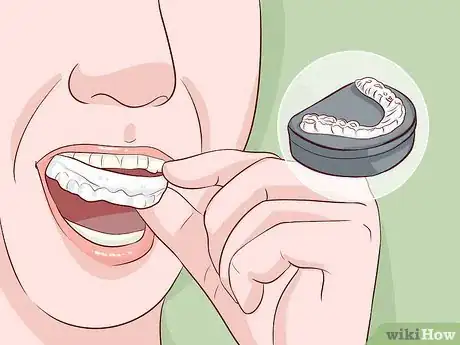
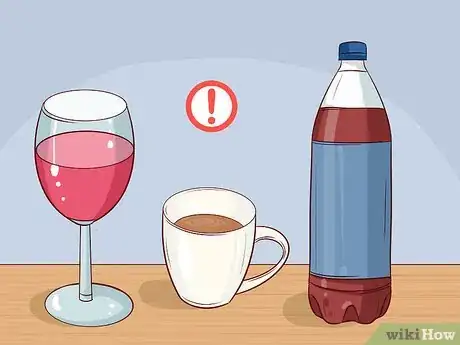
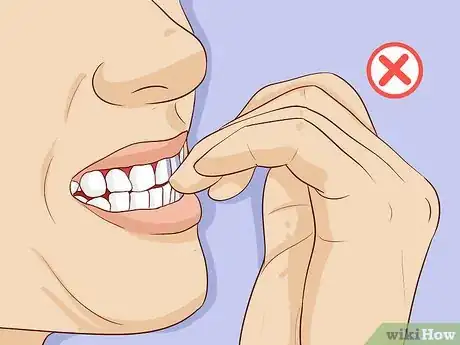

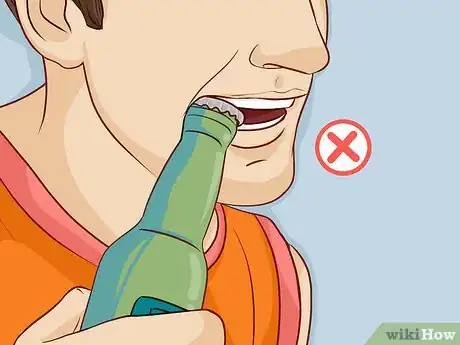

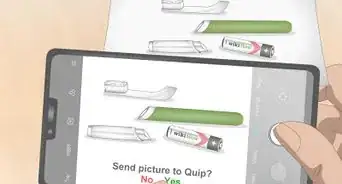

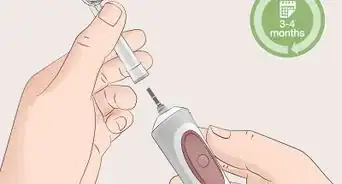
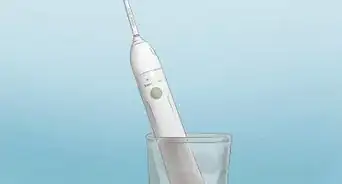

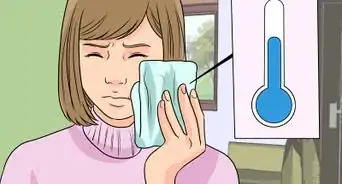
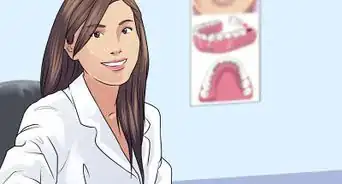

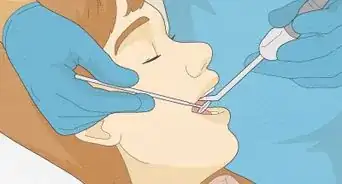

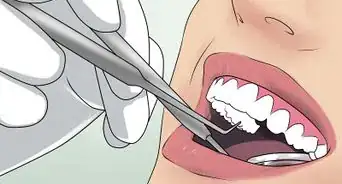
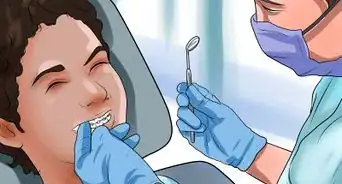








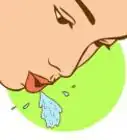


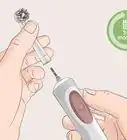



































Medical Disclaimer
The content of this article is not intended to be a substitute for professional medical advice, examination, diagnosis, or treatment. You should always contact your doctor or other qualified healthcare professional before starting, changing, or stopping any kind of health treatment.
Read More...